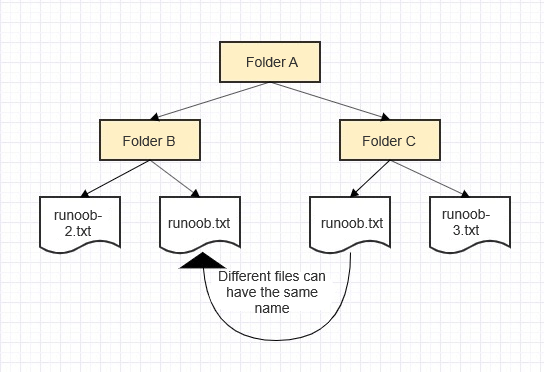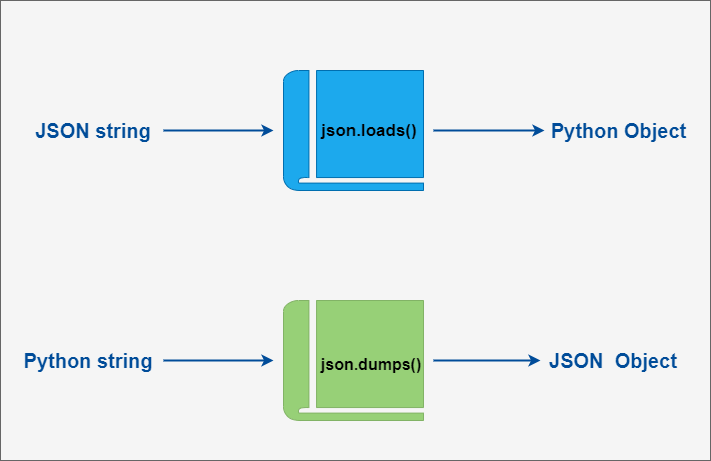Example of a Python Bank System
This is an example of a Python bank system for learning purposes. It simulates operations such as savings, withdrawals, loans, fixed investments, and financial forecasting.
Code Example:
means = [0, 0, 0] # Stores assets: [savings, investment, liabilities]
loan = 0
rate = 0
pay = 0
investment = 0
annual_rate = 0
# Calculate expected returns on fixed investments
# Formula: M = a(1+x)[-1 + (1+x)^n] / x
def fixed_investment(inv, a_rate, y):
global means
inv = 12 * inv # Monthly investment
a_rate = a_rate / 100 # Convert percentage to decimal
if a_rate == 0:
expected = 0
else:
expected = inv * (1 + a_rate) * (pow((1 + a_rate), y) - 1) / a_rate
print("Expected returns from fixed investment: %.2f" % expected)
means[1] = expected
return expected
# Check account balance
def balance():
total = sum(means)
print("Your total assets are: %.2f" % total)
print("Detailed assets breakdown:\n")
print("Savings: %.2f" % means[0])
print("Investments: %.2f" % means[1])
print("Liabilities: %.2f" % means[2])
# Deposit money
def saving(amount):
global means
if amount < 0:
print("Deposit amount cannot be less than 0!")
else:
means[0] += amount
print("Deposited: %.2f" % amount)
print("Current balance: %.2f" % means[0])
# Withdraw money
def draw_money(drawing):
global means
if drawing < 0:
print("Withdrawal amount cannot be less than 0!")
elif drawing > means[0]:
print("Withdrawal amount cannot exceed balance!")
else:
means[0] -= drawing
print("Withdrawn: %.2f" % drawing)
print("Current balance: %.2f" % means[0])
# Calculate loan repayment schedule
def loans(loan, rate, pay, years):
global means
if pay < (loan - pay) * rate:
print("You'll never finish paying it off!")
else:
if years == 0:
count = 0
while loan > 0:
loan -= pay
loan *= (1 + rate)
count += 1
print("Loan will be paid off in %d years." % count)
else:
for _ in range(years):
loan -= pay
if loan == 0:
break
else:
loan *= (1 + rate)
print("Your current debt is: %.2f" % loan)
return loan
# Forecast future financial situation
def future(years):
income = fixed_investment(investment, annual_rate, years)
debt = loans(loan, rate, pay, years)
capital = means[0] + income - debt
print("Your total assets in year %i will be: %.3f" % (years, capital))
# Display available services
def init():
print('''Available services:
1. Check assets
2. Deposit money
3. Withdraw money
4. Calculate fixed investment
5. Calculate loan
6. Forecast future assets
q. Exit''')
# Main program logic
def main():
init()
while True:
choice = input("Enter the code for the service you need: ")
if choice == "1":
balance()
elif choice == "2":
inc = float(input("Enter deposit amount: "))
saving(inc)
elif choice == "3":
dec = float(input("Enter withdrawal amount: "))
draw_money(dec)
elif choice == "4":
investment = float(input("Enter monthly investment amount: "))
annual_rate = float(input("Enter annual return rate (%): "))
years = int(input("Enter investment duration (years): "))
if investment <= 0 or annual_rate <= 0 or years <= 0:
print("Invalid input data.")
else:
money = fixed_investment(investment, annual_rate, years)
print("Final returns: %.2f" % money)
elif choice == "5":
loan = float(input("Enter current loan amount: "))
rate = float(input("Enter annual interest rate (%): "))
pay = float(input("Enter annual repayment amount: "))
if loan <= 0 or rate <= 0 or pay <= 0:
print("Invalid input data.")
else:
loans(loan, rate, pay, 0)
elif choice == "6":
years = int(input("How many years into the future do you want to forecast? "))
future(years)
elif choice == "q":
print("Thank you! Goodbye!")
break
else:
print("Invalid input, please try again.")
if __name__ == '__main__':
main()Output Example:
Available services: 1. Check assets 2. Deposit money 3. Withdraw money 4. Calculate fixed investment 5. Calculate loan 6. Forecast future assets q. Exit
This example demonstrates the basic operations of a bank system in Python, including handling savings, investments, loans, and forecasting future financial conditions.



